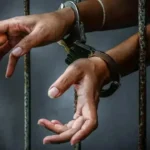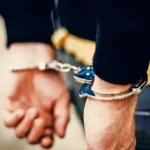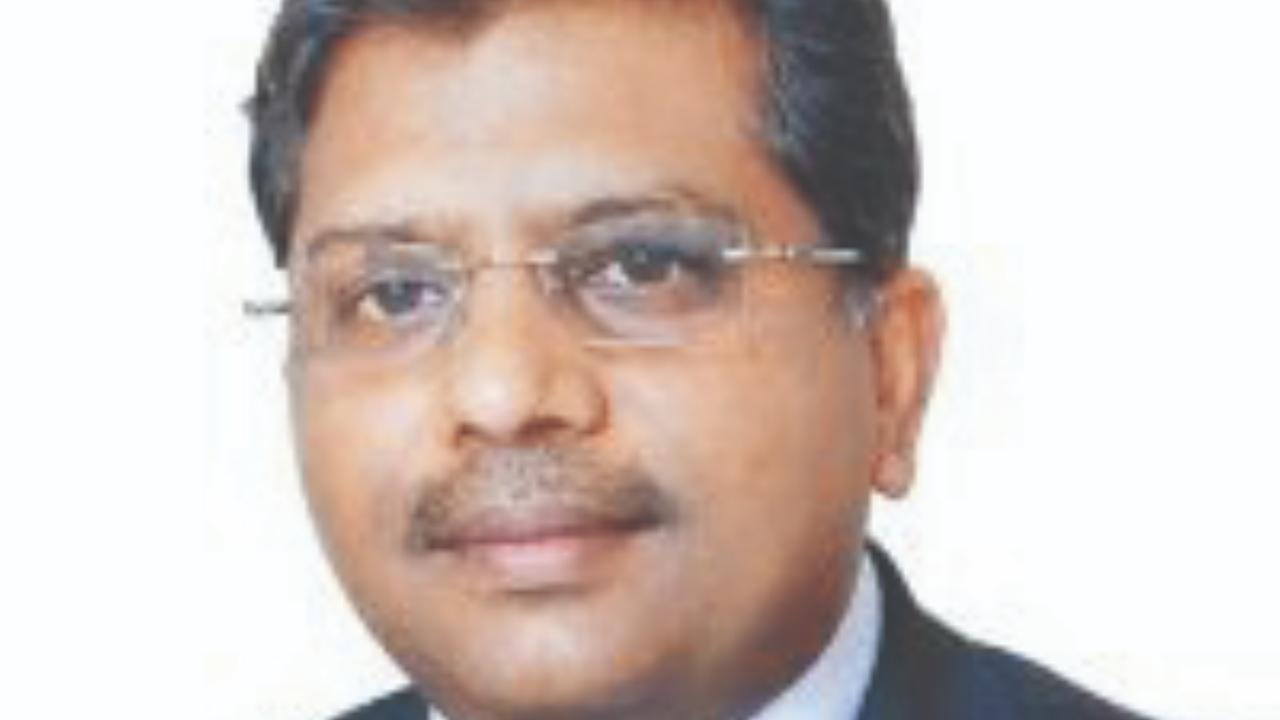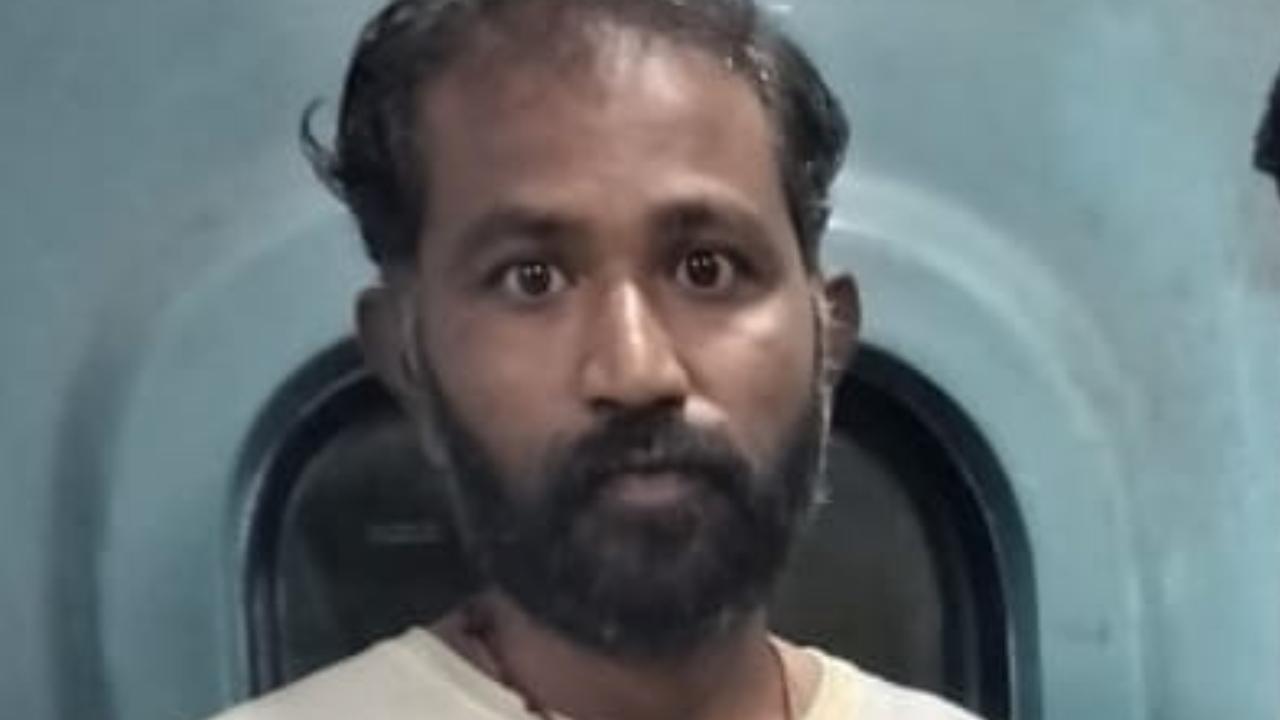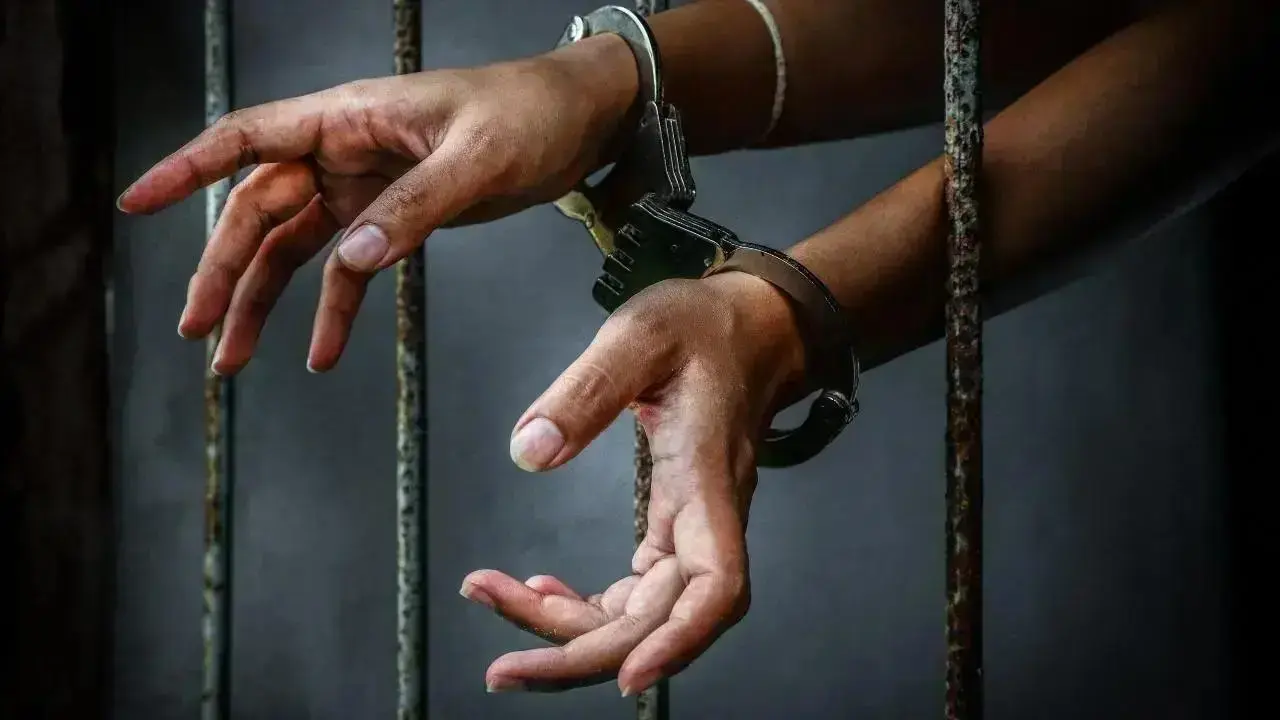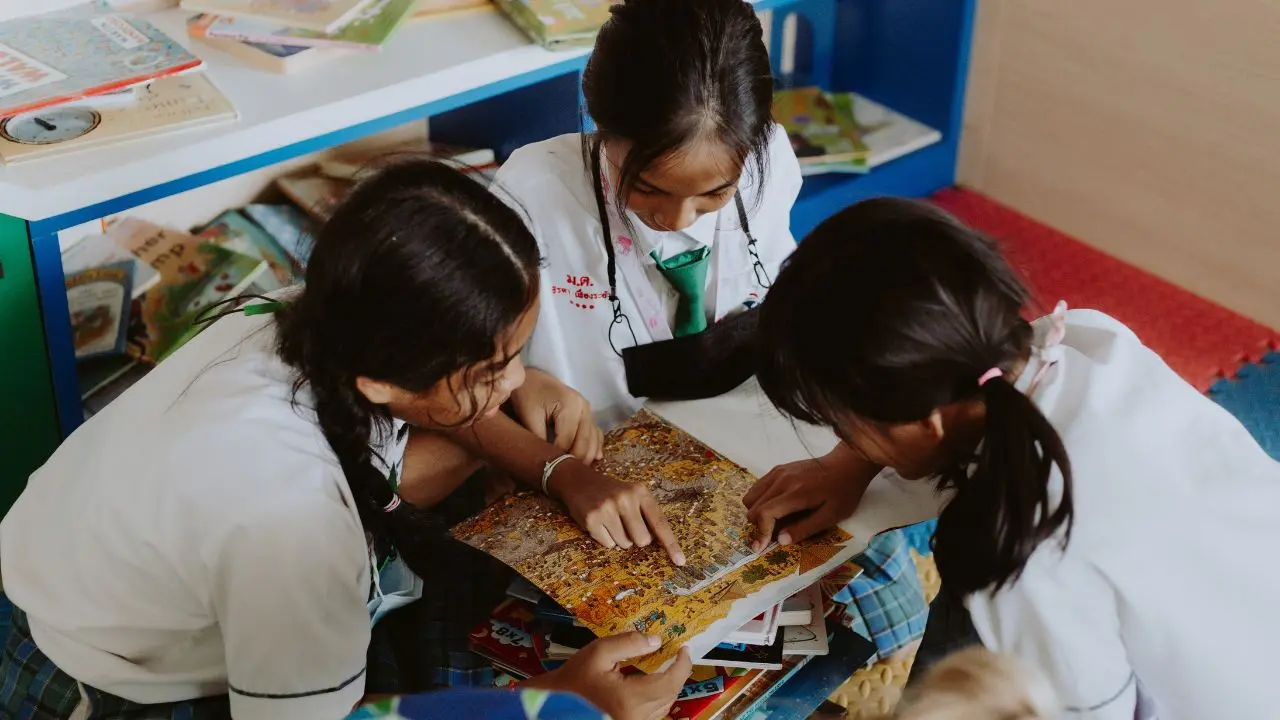Ahead of the opening of the final stretch of the Metro 3 Aqua Line, SK Gupta, director (projects), Mumbai Metro Rail Corporation Ltd (MMRCL), opened up to mid-day about the ambitious project.
Excerpts:
It has been nearly a century since Colaba had trains. The underground Metro has been a challenging project, especially the South Mumbai stretch. Could you, in brief, list the biggest breakthroughs?
The biggest challenges that were experienced during the project were in South Mumbai, since we had to construct underground stations using techniques such as cut and cover, NATM (New Austrian Tunnelling Method), and also tunnelling by TBM (Tunnel Boring Machine), very close to buildings and had to work in narrow alleys, crowded areas, and places where taking the construction material was very challenging. We had to work in a limited space with precision. Working in areas like Kalbadevi, Girgaon, and Mumbai Central was very challenging due to the presence of old buildings, inaccessible roads and the presence of multiple utilities underground. Working on the heritage precincts of South Mumbai, such as DN Road and Chhatrapati Shivaji Maharaj Terminus, was a different kind of challenge.
The trials are done, and the public opening is set to happen. How are we poised regarding the commissioning of the line, especially given the fact that many station periphery works are still underway?
We were ready yesterday, we are ready today, and we were always ready. Trials have been done, and we expect approvals in the next few days. All the stations along the line will be commissioned. At all stations, most of the entry/exits (gates) are ready and work on a very limited number of them is still underway, which has been sadly highlighted. Those under work, too, will be commissioned at the earliest.
Last-mile connectivity, road completion remain issues at many stations. How much passenger traffic is projected, and will full-scale operations with all 31 trains begin immediately?
From Day 1 after the opening, full operations will begin, and the planned number of trains will be pressed into service.
Last-mile connectivity
R Ramana, director (planning), MMRCL, told mid-day, “We are serious about the last-mile connectivity at the stations and we are actively working with the BEST to operate their fleet of buses. In fact, they already have connectivity to eighteen out of 27 of our stations. We are in talks with them to introduce new services to the rest of the stations.
R Ramana, director (planning), MMRCL
But since they have a limited fleet at present, we are also exploring to rope in in bus aggregators like CityFlo and Gala to operate their buses. They are presently studying and surveying the routes and will present us a plan and proposal, after which we will take a call in the best interest of the public.


